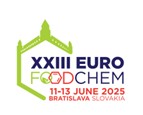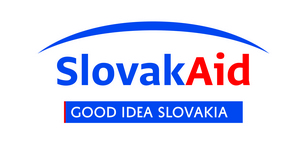Vedecký časopis - archív
Journal of Food and Nutrition Research
Súhrny čísla 1 / 2009
JOCHEMSEN, B. M. – MULDER, D. J. – VAN DOORMAAL, J. J. – MULDER, G. – VOLMER, M. – GRAAFF, R. – SMIT, A. J.
Relation between food and drinking habits, and skin autofluorescence and intima media thickness in subjects at high cardiovascular risk
Journal of Food and Nutrition Research, 48, 2009, č. 1, s. 51-58
Andries J. Smit, Department of Internal Medicine, University Medical Center Groningen, Hanzeplein 1, P. O. Box 30 001, 9700 RB Groningen, The Netherlands. Tel.: +31(0)50-3614854, E-mail: a.j.smit@int.umcg.nl
Súhrn: We investigated the relations between food and drinking habits, and estimated exogenous advanced glycation end products (AGE) intake, skin autofluorescence (AF) as a marker of AGE accumulation, and intima media thickness (IMT). IMT of the carotid artery and skin AF were measured in 147 elderly subjects at an increased cardiovascular risk. Food and drinking habits and cardiovascular risk factors were recorded. Intake of exogenously derived AGE was estimated from food diaries. Wine consumption was inversely related with skin AF and IMT of the common carotid artery. The intake of proteins was independently or negatively related to skin AF. Higher skin AF was found in the group that used predominantly margarine or butter. A positive relation was found between unsaturated fat intake and the mean IMT of the carotid bulb. The calculated intake of exogenously diet-derived AGE did not relate with skin AF. Skin AF did not relate to IMT. In conclusion, consumption of wine, and a diet consisting of a high amount of proteins and a low amount of saturated fat, was associated with lower skin AF. Intake of exogenously diet-derived AGE did not relate with skin AF.
Kľúčové slová: skin autofluorescence; intima media thickness; food habits; drinking habits; advanced glycation end products; cardiovascular risk factors
Na stiahnutie:
jfnr-2009-1-p051-058-jochemsen.pdf (PDF, 119.4 Kb, 2368x)










